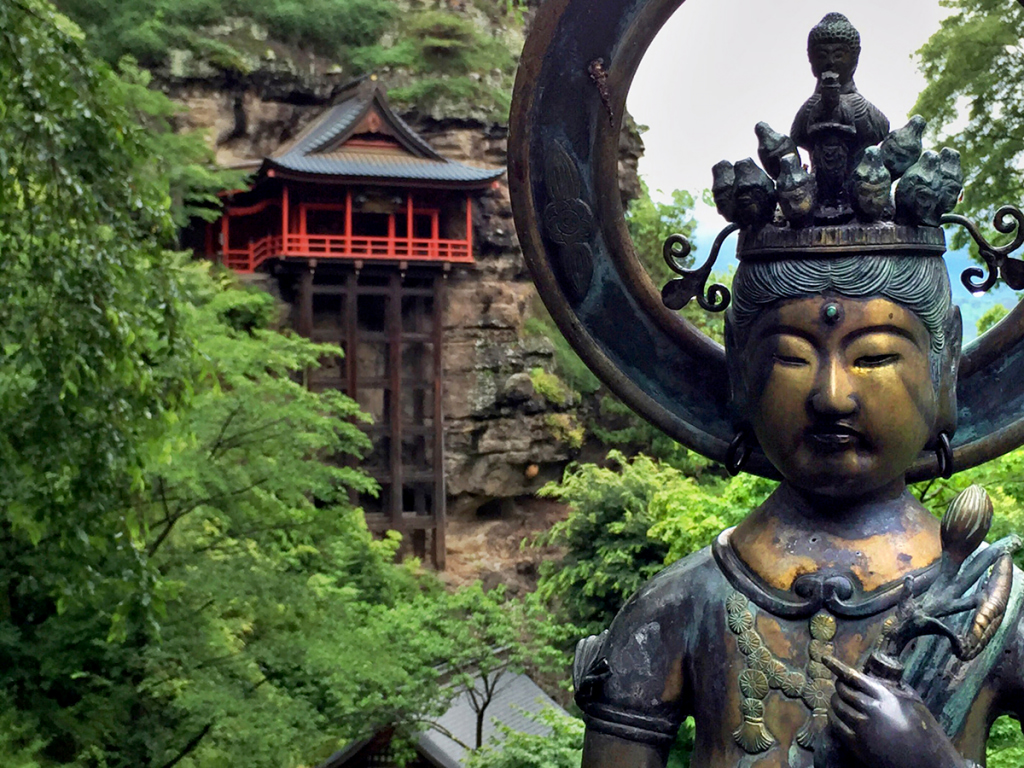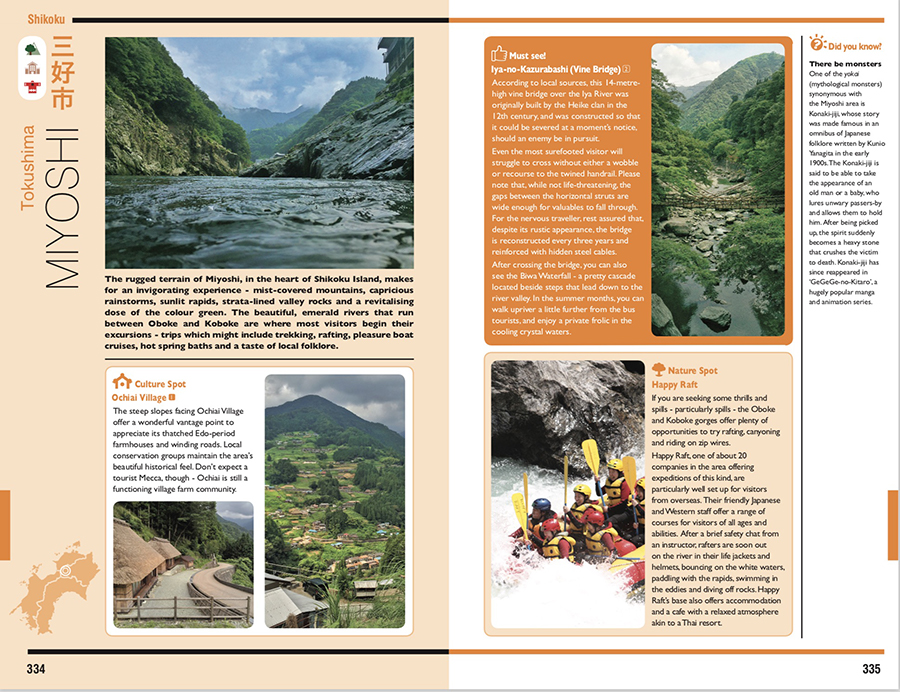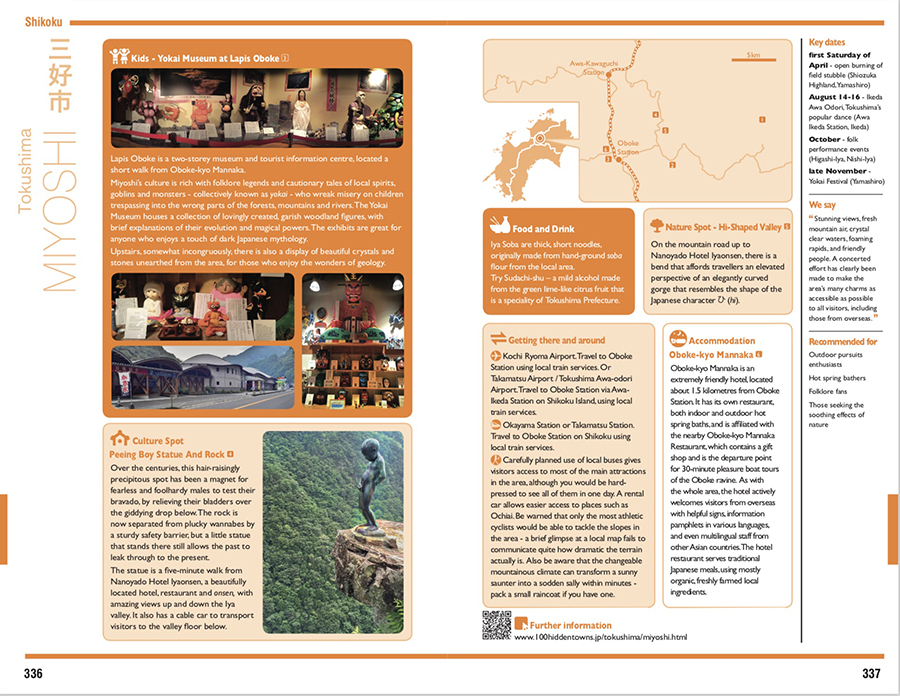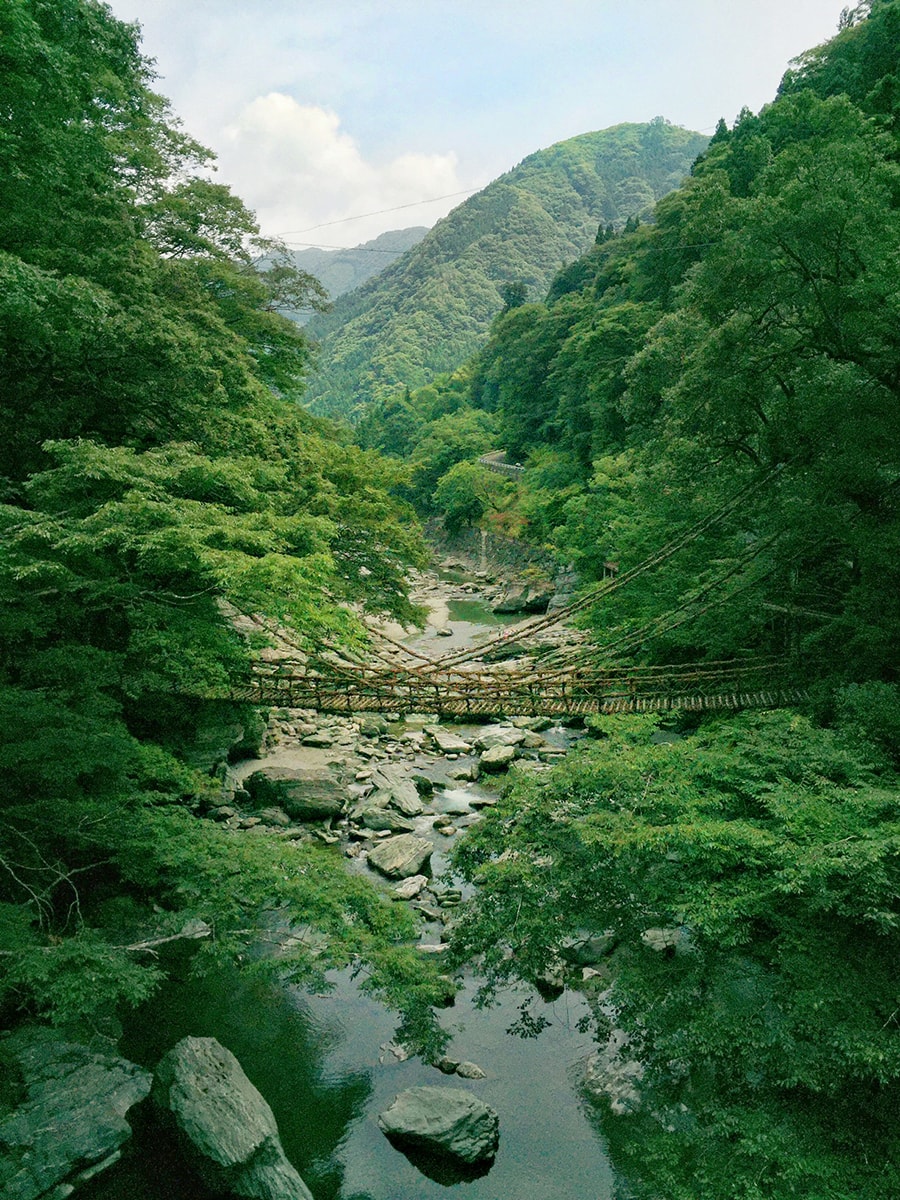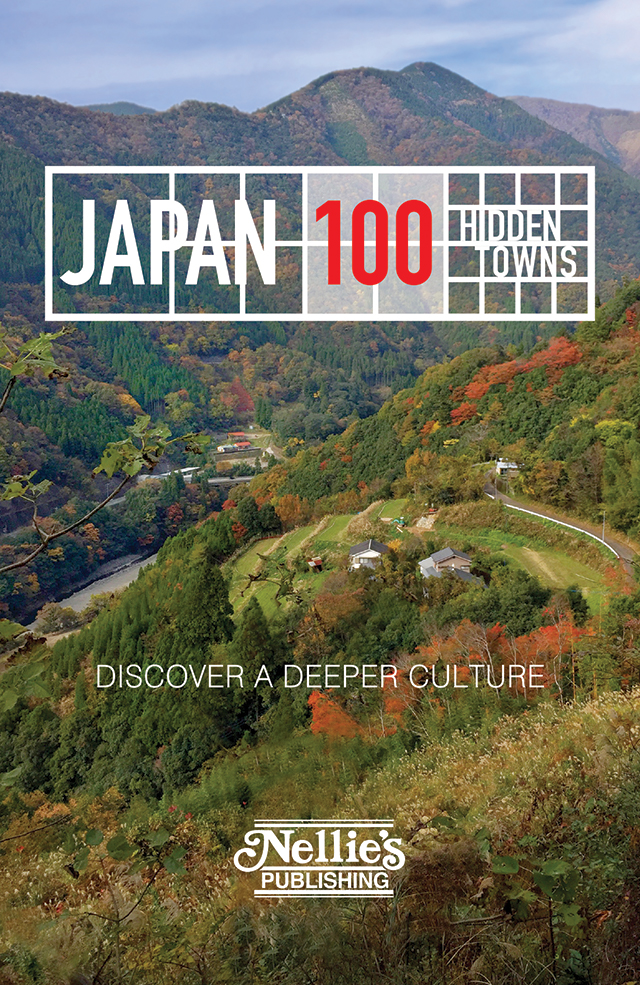Every traveler in Japan is going to hit the big cities, and places like Kyoto, Osaka, and Fukuoka are mainstays of travel guides. But there’s a certain charm involved in visiting spots that get far less tourist traffic, like Sera in Hiroshima, or Himi in Toyama. Giving travelers the opportunity to see another side of Japan is the inspiration behind the recently published book, Japan – 100 Hidden Towns.
The book is a treasure trove of information for travelers looking to explore Japan’s rural side, and covers every part of the country, from Hokkaido to Okinawa. For each town, the book presents must see spots, places of natural beauty, tips on accommodations and how to get around, cultural attractions, food and drink recommendations, and the best times to visit the town – often when flowers or trees are in bloom, or when cultural celebrations are held. The book also recommends destinations for people with special interests, from history buffs and foodies to nature lovers and traditional craft aficionados. It’s well researched and thorough, and would take you many journeys to explore all of the towns that the book covers.
After doing a bit of armchair traveling – and adding to our ever growing list of places in Japan that we need to visit – we spoke with Brian Smith, one of the editors of the book, about the labor that went into the book, the logistics of planning visits to 100 different towns, and whether he was inspired by the book to travel anywhere himself.
How long did it take to put this book together, from concept to realization?
About 30 months – 6 months in gestation and planning, then 24 months from the first visit until the designed data being sent to the printer.
How many foreign writers did you have working on the project?
Eleven in total, although three people did the bulk of the trips and the writing – Anthony [Gardner] the editor, plus a cycling enthusiast, plus a serial hiker/trail runner.
What was the process for having writers visit the locations – how much time did they spend at each location, on average?
Most trips involved an early start on a plane or bullet train from Tokyo, arrival at the town around midday, then about 28 hours in the town, before journeying home the following evening.
The exceptions were when a few towns were within fairly close proximity of each other and so were visited in one trip over several days, and the opposite case, when a town was relatively tough to access (e.g. Shiiba in Miyazaki Prefecture) and the round trip took several days.
What were the biggest challenges involved in putting the book together?
The main one was planning the travel within the towns – although on a map the places sometimes looked close to each other, a combination of infrequent bus services and challenging terrain ensured that journeying between a town’s attractions was definitely an integral (and enjoyable) part of the whole experience.
Some other considerations were seasonal – several towns’ biggest draws are related to when their trees/flowers are in bloom, or to their annual festivals, while some places have attractions that are firmly out of bounds during the snows of winter. This meant that scheduling was sometimes a bit of a task.
During the writing/editing stage, trying to fact-check with the town halls the tales of some of their local legends and more fanciful claims often required some diplomacy. Luckily, we received a lot of goodwill and cooperation.
Do you have any particular places that you feel inspired to go visit through the book project?
Many – some of the photos of northern Tohoku and in Shikoku have already got me checking my calendar for my next batch of days off. I also firmly plan to return to Hokkaido and Kyushu to explore further as soon as I can.
What do you most want readers to get from the book?
That Japan is not Tokyo. As wonderful as the capital city is, it is just a glimpse of the bigger picture. Many of those factors that make Tokyo so wonderfully functional dissipate as you travel into Japan’s rural areas, where you can enjoy the idiosyncrasies of the rest of the country. We met a lot of colorful and interesting people.
There are many travel guides to Japan out there, and lots of websites with travel information: what is it that you think makes Japan – 100 Hidden Towns stand out?
A few things:
– I think that the big travel guidebooks tend to have a slight urban bias, which make them excellent for first-time visitors, whereas Japan – 100 Hidden Towns focuses more on rural Japan, and is better suited to returnees who have had their fill of neon, and want to dig a little deeper into the culture.
– Unlike some of the more famous travel websites which can present the information in an uneven format, the towns in Japan – 100 Hidden Towns were all reviewed against a consistent set of criteria.
– The information is fairly condensed and standardized, but with quite a lot of background information and tidbits sprinkled throughout, which I think makes it an enjoyable dip-in-read, as well as a practical resource.
Japan – 100 Hidden Towns is available on Amazon Japan, and is currently only on sale in Japan, but it will become available around the world later this year. You can also check out their Facebook page, or their website at www.100hiddentowns.jp.
Main Image: Komoro, Nagano Prefecture

